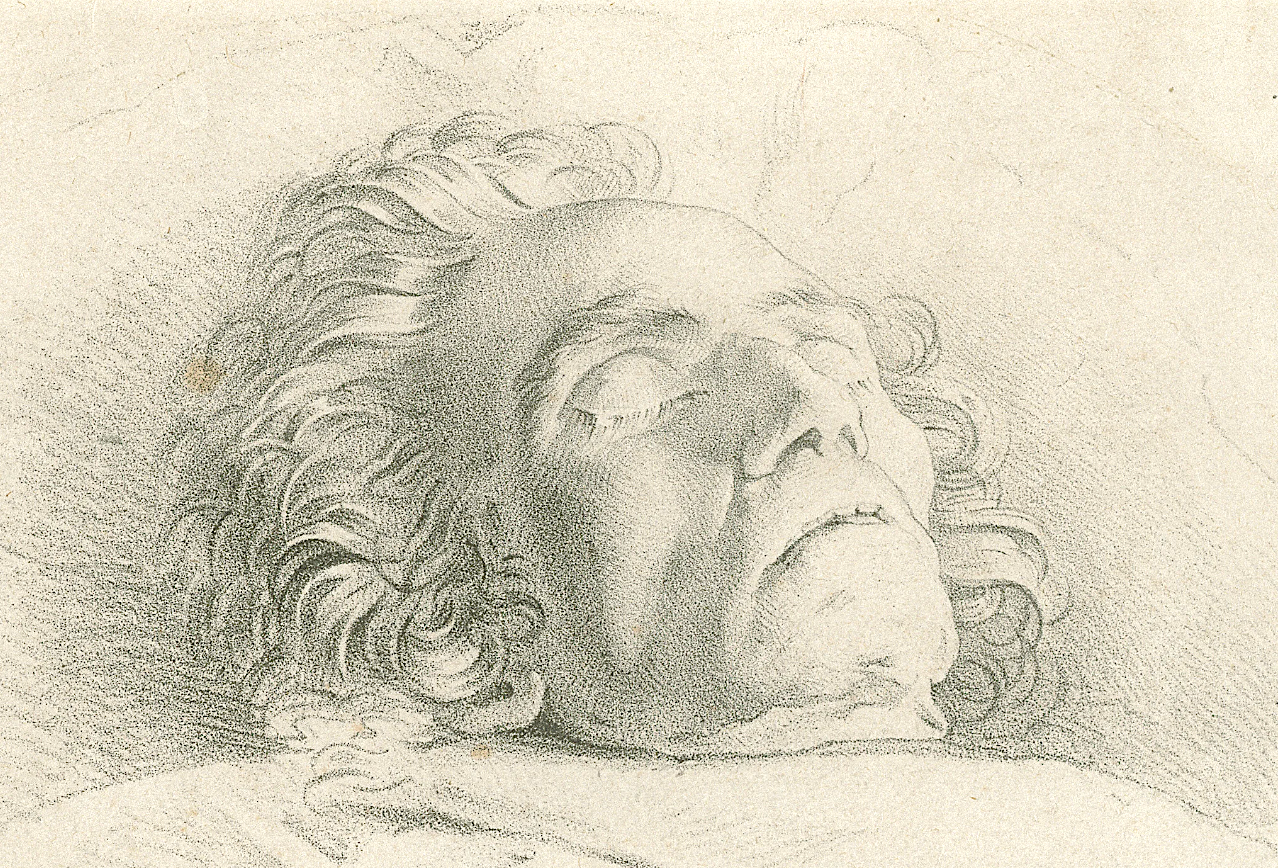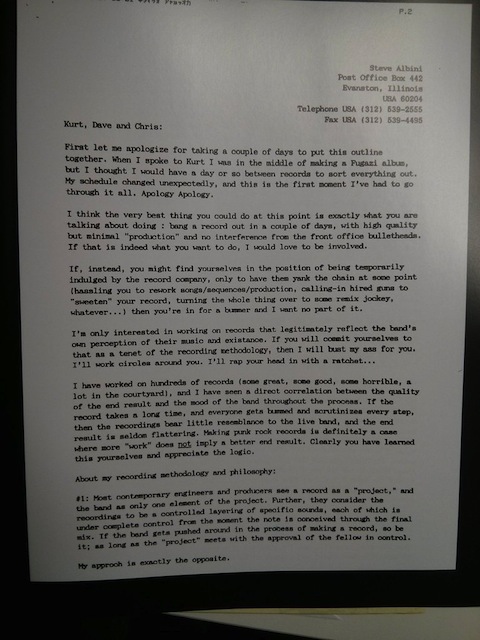British filmmaker and novelist Peter Whitehead has been credited with inventing the music video with his promo films for the Rolling Stones in the mid-60s. According to Ali Catterall and Simon Wells, authors of Your Face Here, a study of “British Cult Film since the Sixties,” Whitehead was “a trusted confidant of the Rolling Stones… and a member of the inner circle.” In addition to the Stones, Whitehead had access to a surprising number of important figures in the countercultural scene of 60s London, including actors Michael Caine and Julie Christie, artist David Hockney, and a just-emerging (and then unknown) psychedelic band called Pink Floyd. All of these characters show up in Whitehead’s 1968 documentary Tonite Let’s All Make Love in London. Catterall and Wells describe the film thus:
If any one film truly reveals “Swinging London,” it is Peter Whitehead’s little-seen documentary Tonite Let’s All Make Love In London (1968). Beautifully shot, with a Syd Barrett-led Pink Floyd supplying the soundtrack, it is perhaps the only true masterpiece of the period, offering a visually captivating window on the ‘in’ crowd. Revealing, often very personal interviews with the era’s prime movers — Michael Caine, Julie Christie, David Hockney and Mick Jagger — are interspersed by dazzling images of the ‘dedicated followers of fashion’, patronising the clubs and discotheques of the day.
Departing from typical documentary styles, Tonite eschews neat narrative packaging and voice-over, and opts instead for a sometimes jarring montage of scenes from the London clubs and streets, rare footage of performances by the Stones, the Floyd (in one of their first-ever gigs at the UFO club), and others, and political rallies (with Vanessa Redgrave singing “Guantanamera”)–all intercut with the abovementioned interviews. One of the best of the latter is with a very young and charming David Hockney (below), who compares London to California and New York, and debunks ideas about the “swinging London” nightlife (“you need too much money”).
Overall, Tonite Let’s All Make Love in London is a unique portrait of the era and its rising stars, and Whitehead’s visual style replicates an insider’s perspective of watching (but not participating) as a new cultural moment unfolds. Whitehead, who “never missed a 60s happening,” has a knack for recording such moments. His 1965 Wholly Communion (see here) captures the spirited Albert Hall Poetry Festival in 65 (presided over by doyen Allen Ginsberg), and 1969’s The Fall documents some of the most incendiary political action of late-60s New York.
Josh Jones is a writer and musician based in Durham, NC. Follow him at @jdmagness
Related Content
Pink Floyd’s Debut on American TV, Restored in Color (1967)



